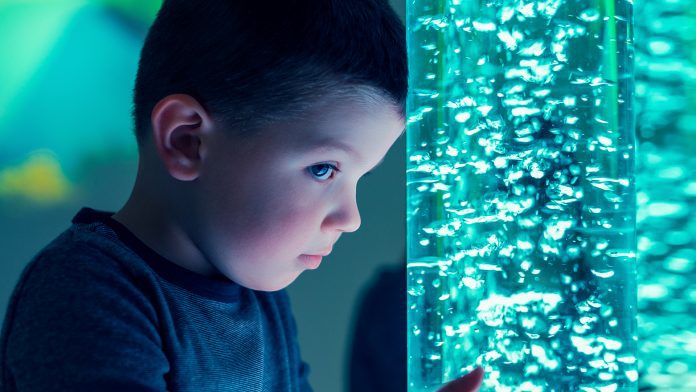
Scientists have developed an Artificial Intelligence (AI) algorithm which they hope could aid in the early detection of autism spectrum disorder.
A team from the University of Geneva (UNIGE), Switzerland, has developed an AI algorithm based on the automated analysis of videos, making it possible to study children’s non-verbal communication in an anonymous and standardised manner. The technology correctly classified 80% of cases from short videos showing a child with or without autism under the age of five playing with an adult.
Importance of early diagnosis
Autism spectrum disorder (ASD) is a developmental disorder that affects communication and behaviour. Although autism can be diagnosed at any age, it is said to be a developmental disorder because symptoms generally appear in the first two years of life. The nature of ASD means that children often have difficulty following a standard school curriculum.
Marie Schaer, Professor in the Department of Psychiatry at UNIGE Faculty of Medicine and senior author of the study, said: “However, if the diagnosis is made before the age of three, it is often possible to make up for these developmental delays. Specific behavioural interventions may indeed completely change their skills acquisition trajectories and allow them to integrate to a mainstream school.”
Explaining autism spectrum disorder, Nada Kojovic, a researcher in Marie Schaer’s team and first author of the study, said: “It differs on several points, such as the difficulty in establishing eye-contact, smiling, pointing to objects or the way they are interested in what surrounds them.
“This is why we designed an algorithm using Artificial Intelligence that analyses the children’s movements on video and identifies whether or not they are characteristic of autism spectrum disorder.”
The algorithm has been developed over a period of three years by scientists supported by the Swiss National Centre of Competence in Research (NCCR) Synapsy. It was designed to classify videos based solely on the child’s movements when interacting with another person. The researchers first used a computer vision technology called OpenPose, developed at Carnegie Mellon University, that extracts the skeletons of moving people as captured in a video and allows for the analysis of gestures by removing all characteristics that could be discriminating (age, sex, setting, etc.), keeping only the relationships of skeletons in space and time. The UNIGE research team then developed their AI algorithm tailored for detecting autism and tested it on 68 neurotypical children and 68 children with autism, all under five years old.
Thomas Maillart, a researcher at the Institute of Information Sciences and a faculty member at the Geneva School Economics and Management (GSEM) and of the University Centre for Informatics (CUI) at UNIGE, said: “We divided each group into two: the first 34 in each group ‘trained’ our AI to differentiate the non-verbal behaviour of children with and without autism. The others then helped us test its accuracy. We also carried out an assessment on 101 other children.”
Results in 10 minutes
The AI was able to sift through videos of children playing freely with an adult. The study findings showed that the AI algorithm made an accurate autism classification in over 80% of cases.
Professor Schaer said: “This is an excellent result. In 10 minutes, we can indeed obtain a first screening accessible to anyone, wherever they live. This would allow parents worried about their young children to obtain an initial automated assessment of the symptoms of autism. It is of course not perfect but could constitute a first step to be confirmed by a consultation with a specialist.”
The researchers note that the technology does not require any direct intervention on the child. Another advantage is that it does not require any specific setup, meaning that the algorithm can be used to analyse videos recorded in the past.
The team now aims to make the AI available to access by everyone.
“We now wish to develop an application that would allow such analysis with only a 10-minute video filmed with a smartphone,” concluded Maillart.







